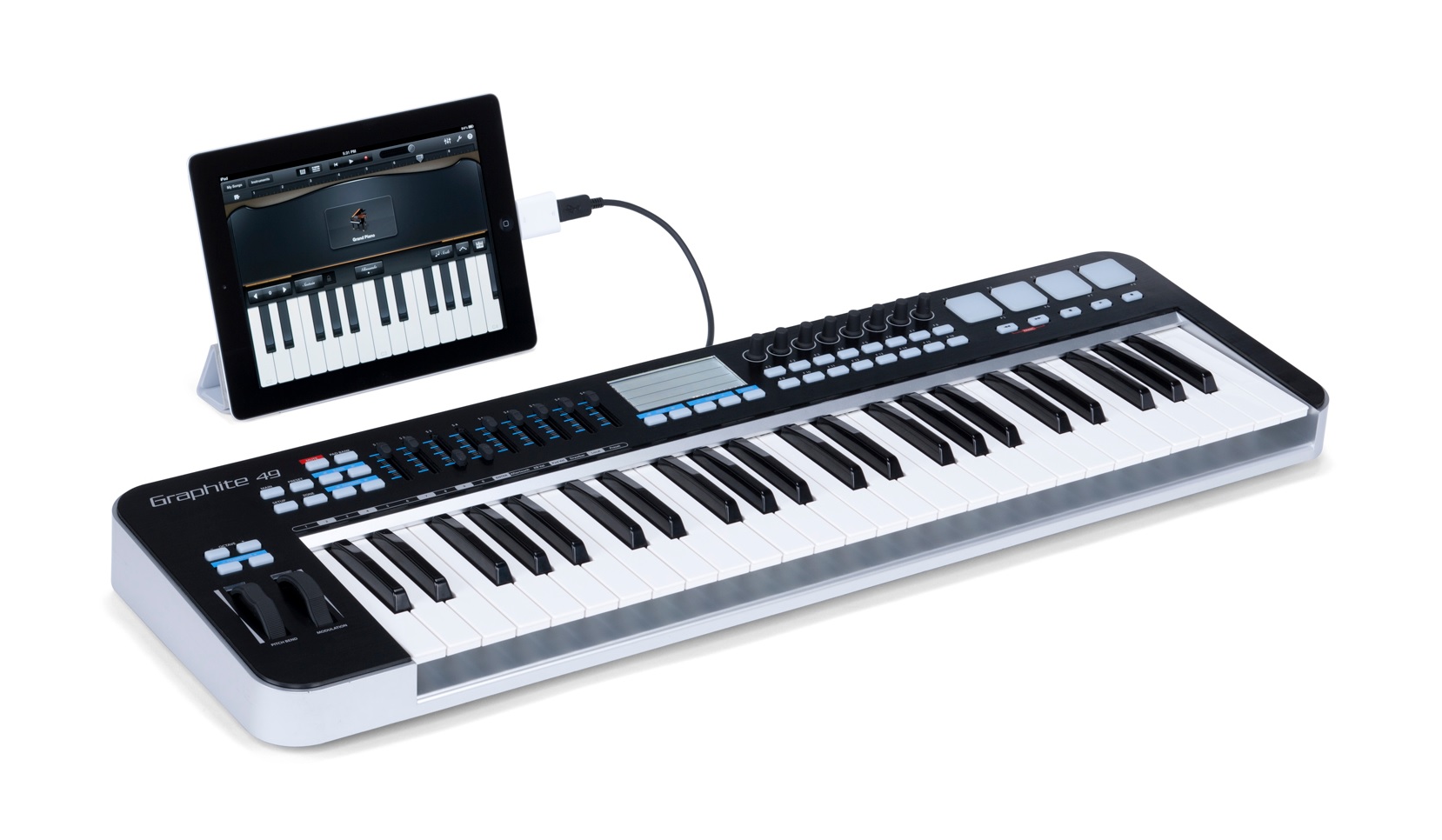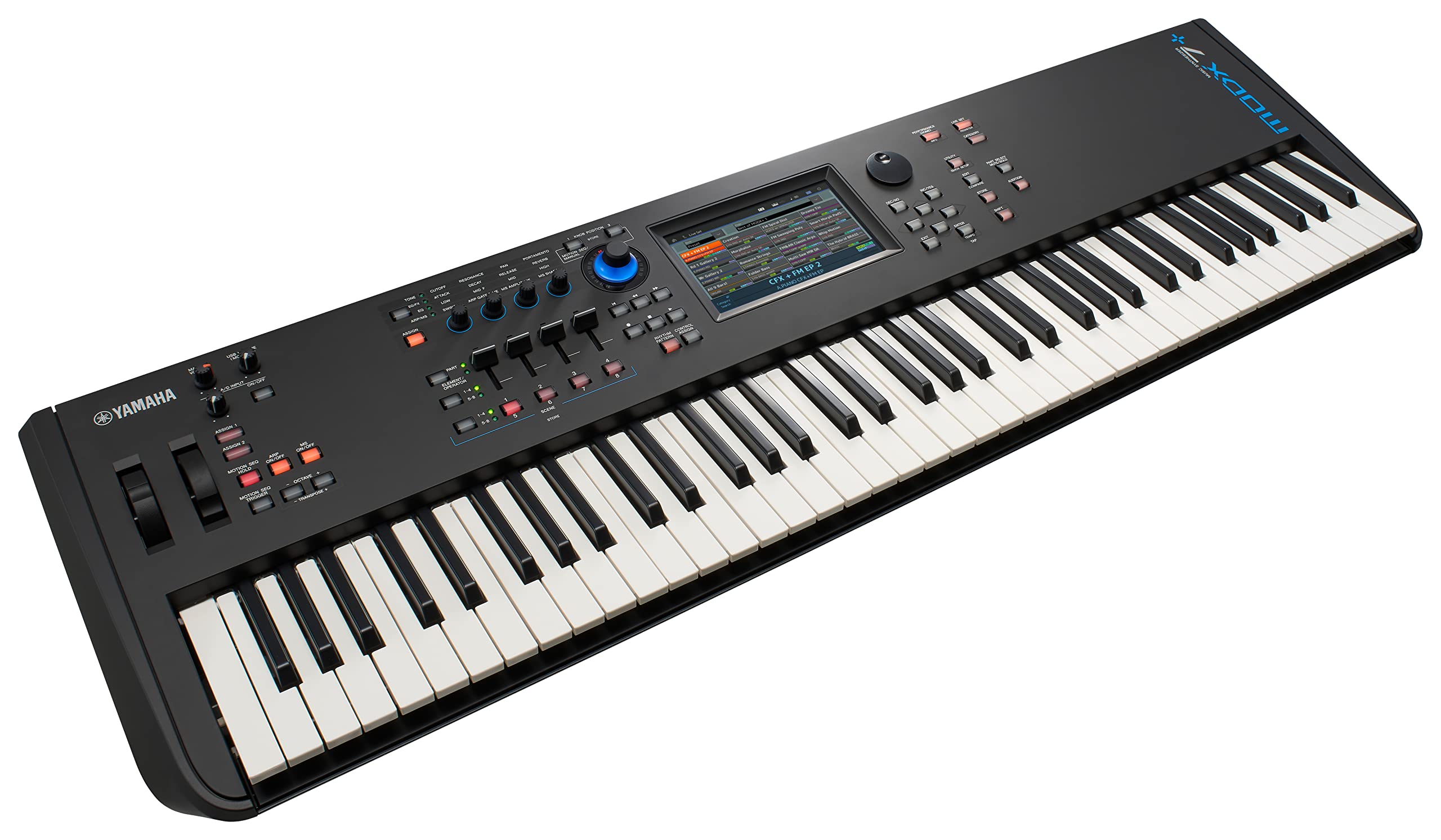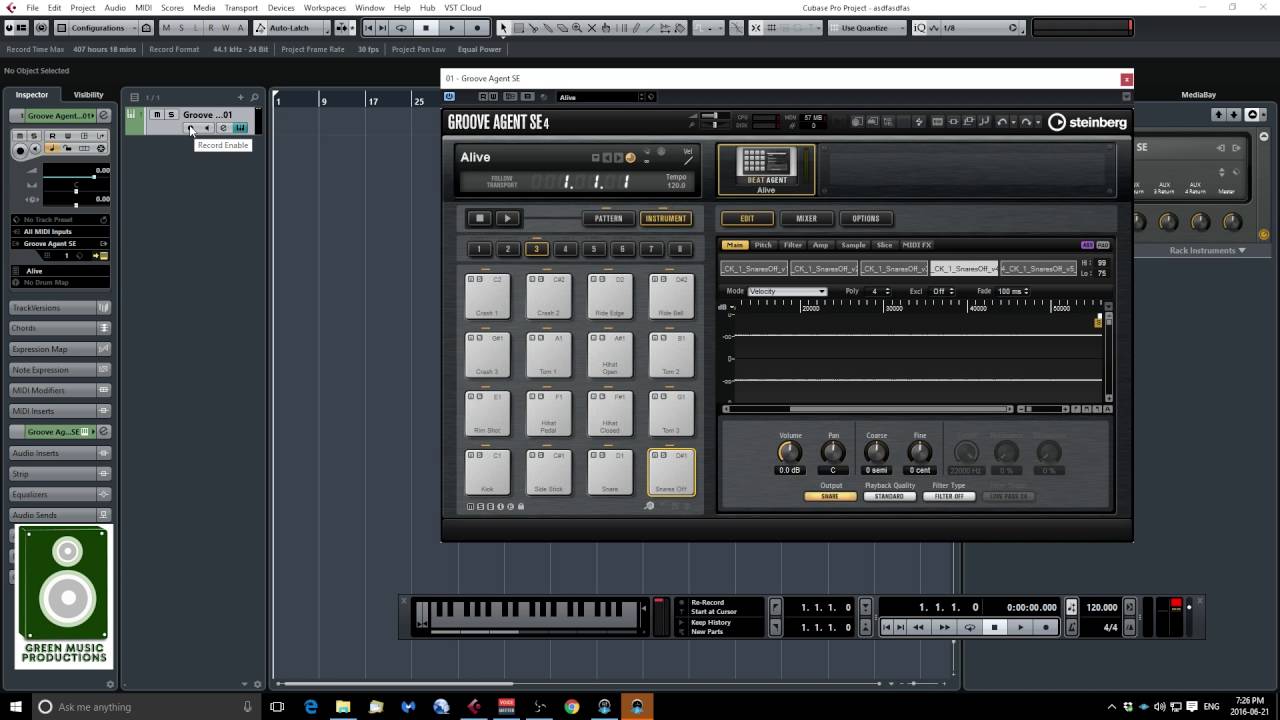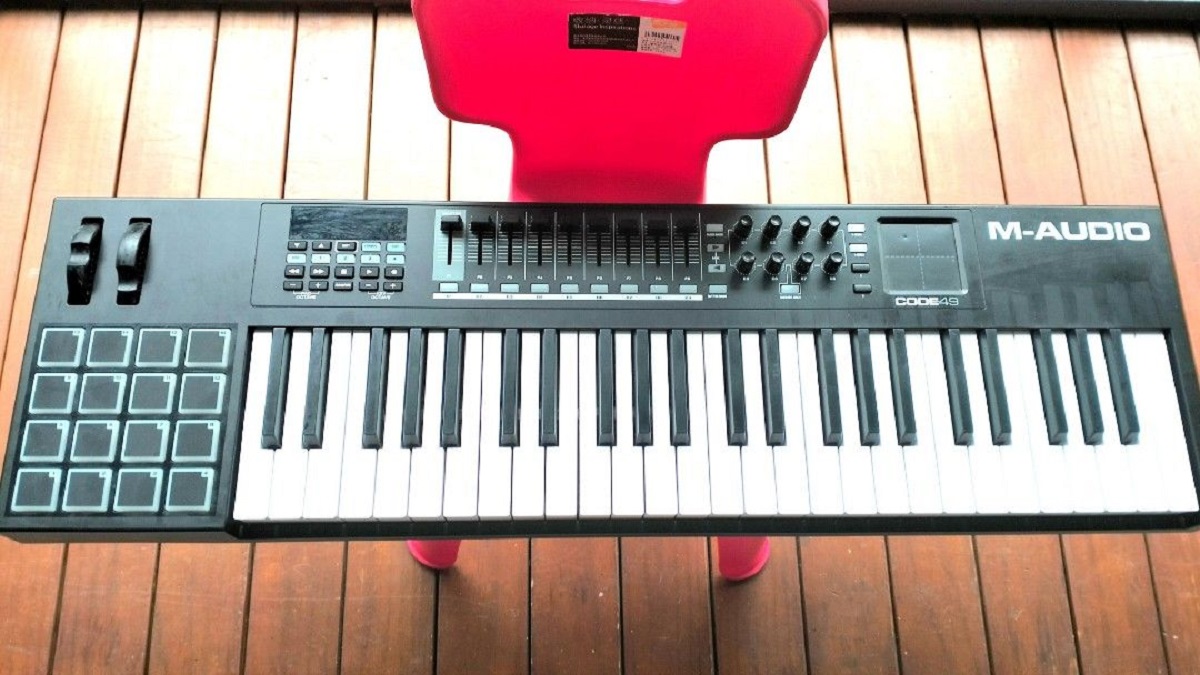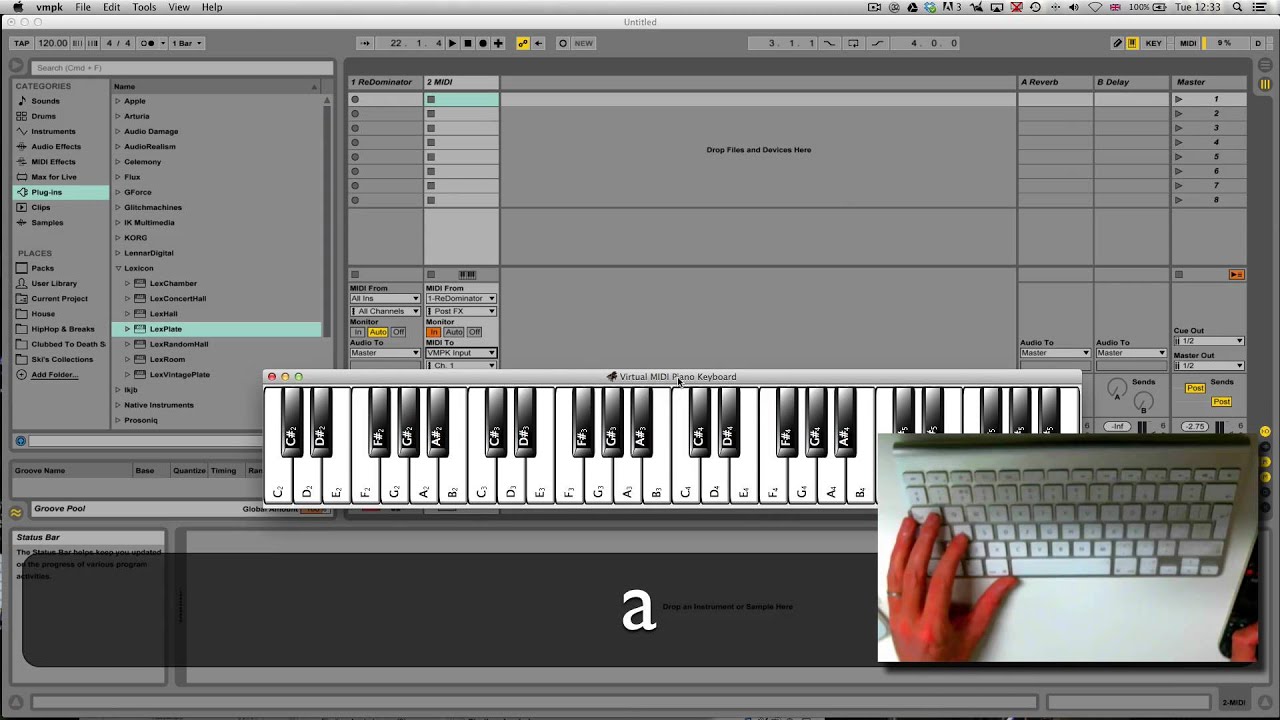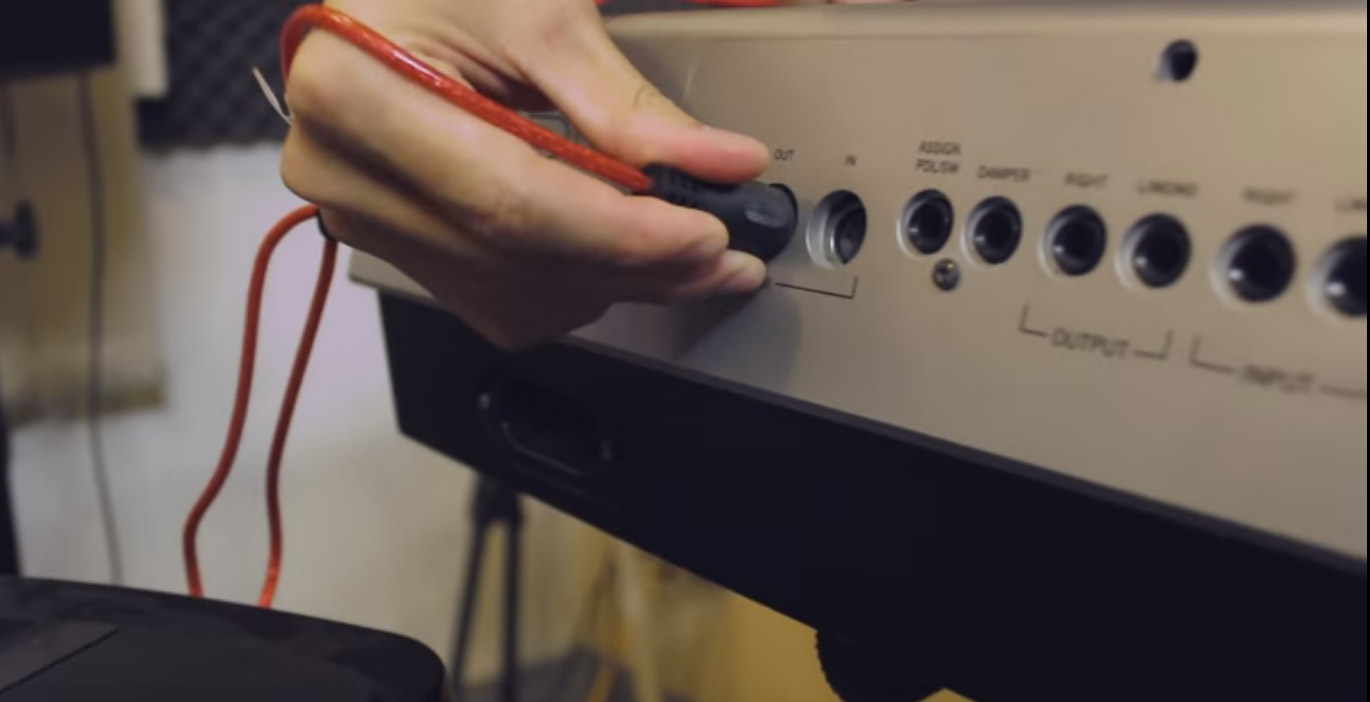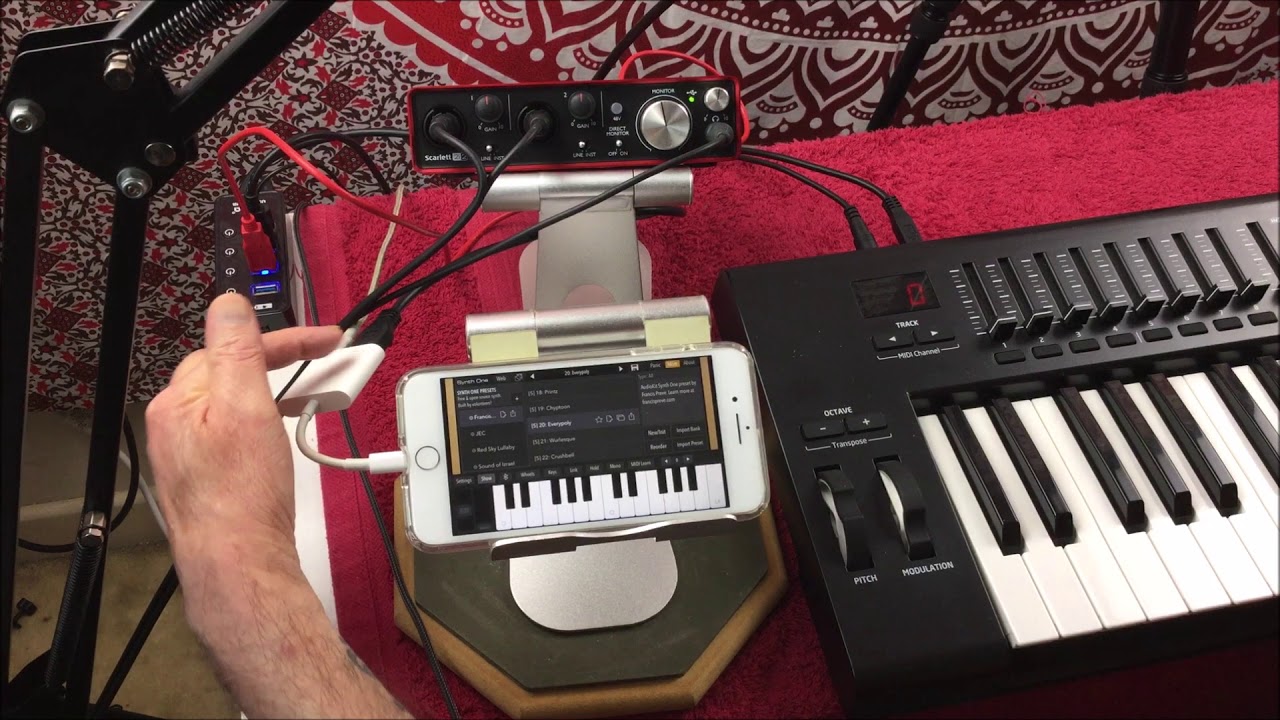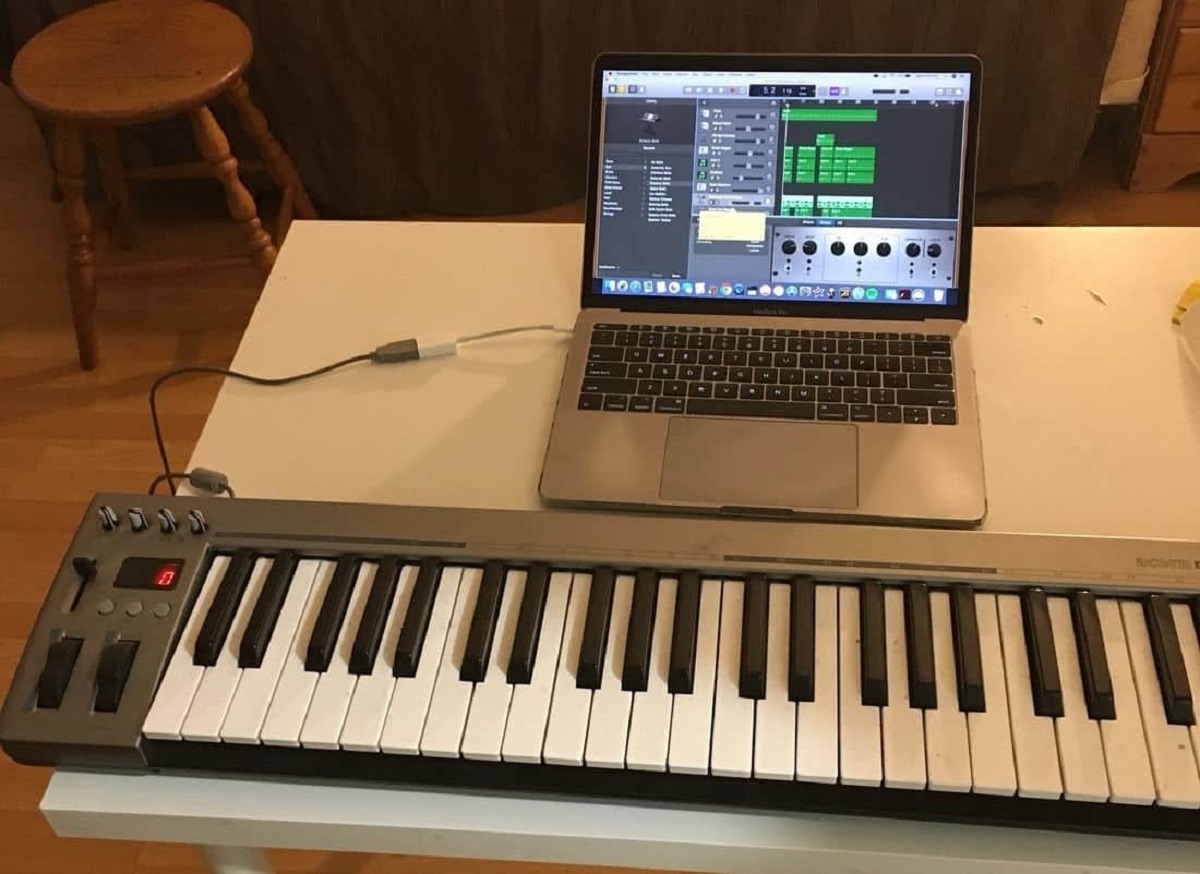Introduction
Are you a music enthusiast looking to take your compositions to the next level? Or perhaps you're a budding musician eager to explore the world of digital music production? Whatever your musical aspirations may be, connecting a MIDI keyboard with Acid Xpress can open up a world of creative possibilities. By seamlessly integrating your MIDI keyboard with Acid Xpress, you can harness the power of this dynamic software to bring your musical ideas to life.
Acid Xpress, a feature-packed digital audio workstation, provides an intuitive platform for music creation, editing, and mixing. With its user-friendly interface and robust set of tools, Acid Xpress empowers musicians of all levels to craft professional-quality tracks. When you pair this versatile software with a MIDI keyboard, you unlock a wealth of expressive capabilities, enabling you to infuse your compositions with a human touch and intricate nuances.
In this guide, we will walk you through the process of connecting your MIDI keyboard to Acid Xpress, allowing you to harness the full potential of both your hardware and software. Whether you're a seasoned producer or a newcomer to the world of music production, this step-by-step tutorial will equip you with the knowledge and skills needed to seamlessly integrate your MIDI keyboard with Acid Xpress. Let's embark on this musical journey together as we delve into the intricacies of setting up and configuring your MIDI keyboard with Acid Xpress.
Step 1: Install Acid Xpress
Before diving into the process of connecting your MIDI keyboard with Acid Xpress, it’s crucial to ensure that the software is correctly installed on your computer. Acid Xpress is renowned for its user-friendly interface and powerful features, making it a popular choice among music enthusiasts and professionals alike. Follow these steps to install Acid Xpress:
- Download the Software: Begin by navigating to the official website of Acid Xpress or a trusted software distribution platform. Locate the appropriate download link for Acid Xpress and initiate the download process. Once the download is complete, proceed to the next step.
- Run the Installer: Locate the downloaded installation file on your computer and double-click to run the installer. Follow the on-screen prompts to proceed through the installation process. You may be prompted to specify the installation directory and agree to the software’s terms and conditions.
- Complete the Installation: Once the installation process is underway, allow the software to install all necessary components onto your computer. Depending on your system’s specifications, this process may take a few minutes. Upon completion, you will receive a confirmation message indicating that Acid Xpress has been successfully installed.
With Acid Xpress now installed on your computer, you’re one step closer to integrating your MIDI keyboard with this powerful digital audio workstation. The next phase of the setup process involves establishing a physical connection between your MIDI keyboard and your computer, paving the way for seamless interaction between the two devices.
Step 2: Connect the MIDI Keyboard to Your Computer
Now that Acid Xpress is successfully installed on your computer, it’s time to establish a physical connection between your MIDI keyboard and your computer. This pivotal step forms the foundation for enabling communication between the two devices, allowing you to harness the expressive capabilities of your MIDI keyboard within Acid Xpress. Follow these steps to connect your MIDI keyboard to your computer:
- Locate the MIDI Ports: Examine your MIDI keyboard to identify the MIDI input and output ports. These ports are typically located at the rear of the keyboard and may be labeled as “MIDI In” and “MIDI Out.” Additionally, some keyboards feature a USB port for direct connectivity to your computer.
- Choose the Connection Method: Depending on the available ports on your MIDI keyboard and your computer, determine the most suitable connection method. If your MIDI keyboard features a USB port, you can establish a direct USB connection to your computer. Alternatively, if your keyboard utilizes traditional MIDI ports, you will need a MIDI-to-USB interface to facilitate the connection.
- Connect the MIDI Keyboard: If your MIDI keyboard has a USB port, simply use a USB cable to connect it to an available USB port on your computer. For keyboards with traditional MIDI ports, connect the MIDI Out port on the keyboard to the MIDI In port on the MIDI-to-USB interface using a standard MIDI cable. Then, connect the USB end of the interface to a USB port on your computer.
- Power On the MIDI Keyboard: Once the physical connection is established, power on your MIDI keyboard. Some keyboards may require an additional power source, so ensure that the keyboard is receiving power before proceeding.
With the MIDI keyboard now connected to your computer, you’ve laid the groundwork for seamless interaction between the two devices. The next phase of the setup process involves configuring Acid Xpress to recognize and interface with your MIDI keyboard, enabling you to harness its full potential within the software.
Step 3: Configure Acid Xpress
With your MIDI keyboard successfully connected to your computer, the next crucial step involves configuring Acid Xpress to recognize and interface with your MIDI keyboard. This pivotal configuration process enables seamless communication between the two devices, empowering you to leverage the expressive capabilities of your MIDI keyboard within Acid Xpress. Follow these steps to configure Acid Xpress:
- Launch Acid Xpress: Open Acid Xpress on your computer. Upon launching the software, you will be greeted by its user-friendly interface, providing access to a myriad of music creation and editing tools.
- Access the Preferences: Navigate to the “Preferences” or “Settings” menu within Acid Xpress. The location of this menu may vary based on the software version, but it is typically located in the top menu bar or within a dedicated settings section.
- Configure MIDI Settings: Within the Preferences or Settings menu, locate the MIDI settings or devices section. Here, you will have the opportunity to specify the MIDI input and output devices to be used by Acid Xpress. Select your MIDI keyboard from the available devices list to establish it as the primary input device for MIDI communication.
- Adjust MIDI Parameters: Depending on your specific MIDI keyboard and personal preferences, you may have the option to customize additional MIDI parameters within Acid Xpress. This may include configuring MIDI channels, assigning MIDI control functions, and fine-tuning MIDI input settings to align with your creative workflow.
By meticulously configuring Acid Xpress to interface with your MIDI keyboard, you’ve set the stage for a harmonious collaboration between your hardware and software. With this vital setup process complete, you’re now poised to test the connection and validate the seamless interaction between your MIDI keyboard and Acid Xpress.
Step 4: Test the Connection
With Acid Xpress configured to interface with your MIDI keyboard, it’s time to put the connection to the test and ensure that both devices are communicating seamlessly. This pivotal step allows you to validate the successful integration of your MIDI keyboard with Acid Xpress, paving the way for a fluid and expressive music production experience. Follow these steps to test the connection:
- Create a New Project: Within Acid Xpress, initiate the creation of a new music project or open an existing project to begin testing the MIDI keyboard connection. This will provide a canvas for you to experiment with the functionality of your MIDI keyboard within the software.
- Engage the MIDI Keyboard: With your project open, interact with your MIDI keyboard by playing notes, triggering samples, or manipulating virtual instruments within Acid Xpress. As you engage with the keyboard, observe the software’s response to ensure that it accurately captures and translates your musical input.
- Explore MIDI Functionality: Delve into the various MIDI features and capabilities offered by Acid Xpress, such as real-time recording, MIDI mapping, and MIDI control assignments. Test the responsiveness and accuracy of these functions to gauge the effectiveness of the MIDI keyboard integration.
- Verify Audio Output: As you interact with your MIDI keyboard and trigger musical elements within Acid Xpress, verify that the software accurately translates your input into audible audio output. This ensures that the MIDI keyboard’s signals are being received and processed effectively by Acid Xpress.
By rigorously testing the connection between your MIDI keyboard and Acid Xpress, you can ascertain the seamless integration of both devices, affirming that your MIDI keyboard’s expressive capabilities are fully leveraged within the software. With the successful validation of the connection, you’re now equipped to embark on a creative musical journey, harnessing the combined power of your MIDI keyboard and Acid Xpress to bring your musical visions to fruition.
Conclusion
Congratulations! You’ve successfully navigated the process of connecting your MIDI keyboard with Acid Xpress, laying the groundwork for a harmonious collaboration between your hardware and software. By following the step-by-step instructions outlined in this guide, you’ve unlocked the expressive potential of your MIDI keyboard within the dynamic environment of Acid Xpress, empowering you to breathe life into your musical creations with unparalleled versatility and precision.
As you embark on your musical journey with your MIDI keyboard seamlessly integrated with Acid Xpress, you now possess the tools and knowledge to harness a diverse range of expressive capabilities. Whether you’re crafting intricate melodies, experimenting with rhythmic patterns, or exploring the boundless world of virtual instruments, the seamless interaction between your MIDI keyboard and Acid Xpress serves as a catalyst for uninhibited creativity.
With Acid Xpress serving as your digital audio workstation of choice and your MIDI keyboard as a conduit for expressive musical input, the possibilities are boundless. Whether you’re a seasoned producer, a budding musician, or an avid music enthusiast, the fusion of these two powerful tools opens the door to a world of sonic exploration and artistic innovation.
As you continue to refine your musical compositions and delve into the realm of digital music production, remember that the connection between your MIDI keyboard and Acid Xpress serves as the bridge between inspiration and realization. Embrace the symbiotic relationship between your creative impulses and the technological prowess of Acid Xpress, allowing your musical visions to flourish and evolve with each keystroke and melody.
Armed with the knowledge and expertise gained from this guide, you’re primed to embark on a transformative musical odyssey, leveraging the seamless integration of your MIDI keyboard with Acid Xpress to craft captivating compositions and unleash your artistic potential. Let the harmonious synergy between your MIDI keyboard and Acid Xpress propel you toward new horizons of musical expression and innovation.







